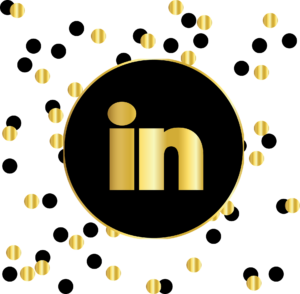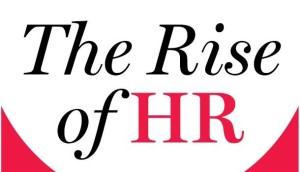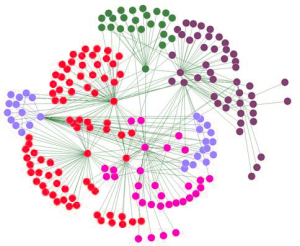
(Posted on LinkedIn on October 21, 2014. Modified version of a previous post on www.tojoeapen.com/blog.)
One of the most common leadership questions and challenges we come across in organizations is “How do I/we build trust?”.
This is a topic that will be constantly revisited by many, in personal and professional lives. Trust can be built more consciously through repeated, consistent actions. Every action and behavior can contribute to building or breaking trust. When a healthy mass of leaders practice trust building behaviors in an organization, it starts to shift and impact the culture positively. You can also build some of these aspects into organizational practices and systems.
1. Be visible.
Don’t get too busy with meetings and spend most time within closed doors. All stakeholders, especially your team members have a high need to see their leaders, even more when uncertainty is high. As human beings, visibility is reassuring and, builds certainty and confidence.
2. Be respectful.
Being respectful in your direct and virtual interactions, irrespective of organizational levels are major acknowledgments and motivators for individuals. The deeper you go in an organization, the more charged up and motivated individuals feel when leaders find time for them. Respecting personal space and feelings, especially during difficult phases go a long way to building commitment and trust.
3. Be aware (of self and impact of your behaviors and actions on others).
Take time to understand yourself, what drives you, your values, principles, strengths and development areas. Self awareness is the starting point of any personal development. Next stage is to understand others around you and the impact of your behaviors on them. Trust is a two way street and someone needs to extend a hand forward first to get the process of interactions into motion. It becomes even more powerful when you extend your hand first.
4. Be authentic (consistent in behaviors and actions).
Be yourself. Don’t try to be someone else. Most people are smart enough to see through ‘fake’ and artificial personalities. This does not indicate the license to do whatever to be yourself, rather this is about being aligned to your values and principles. Practice what you preach. Admit mistakes with accountability when they happen and share recognition when success is achieved. Explain your thinking approach because people may think differently about a certain topic and struggle to see the rationale in another person’s point of view.
5. Be open (to discussions, while being conscious of biases).
Having the openness to discuss aspects that you may not agree with and have a strong view about, may help you see different possibilities and ideas. Sometimes, it helps to be open about the fact that you have a strong view for a certain reason. It also encourages others to share ideas and thoughts without fear. Presence of fear and defensiveness are among the biggest barriers to trust. It becomes more difficult to share mistakes that may come to haunt you later, or to speak up when the perceived power distance or threat of repercussion seems high. Being vulnerable, even to some extent is a big factor for others to see your humanness and increases accessibility.
6. Be fair (in your approach and communicate clearly, especially tough choices).
People can live with tough choices if they feel it was based on a fair process and they’re not being misled into believing so. Many times, lack of visibility on the process or the way it was communicated or an absence of it, results in difficult scenarios and contradictions for everyone involved.
To easily remember, we can also use the acronym ‘FAAVOR‘ (Fair, Aware, Authentic, Visible, Open, Respectful).
It is valuable to reflect constantly. Taking out some thinking time with yourself, your close connections, coaches or mentors can help you in finding more clarity. We all have different scenarios to think about and there are no perfect solutions. Observing, reflecting and adjusting our approaches accordingly would help to figure out an appropriate approach for our environment.
Over time and with practice, building trust becomes achievable and impactful through a concrete set of actions.













Recent Comments